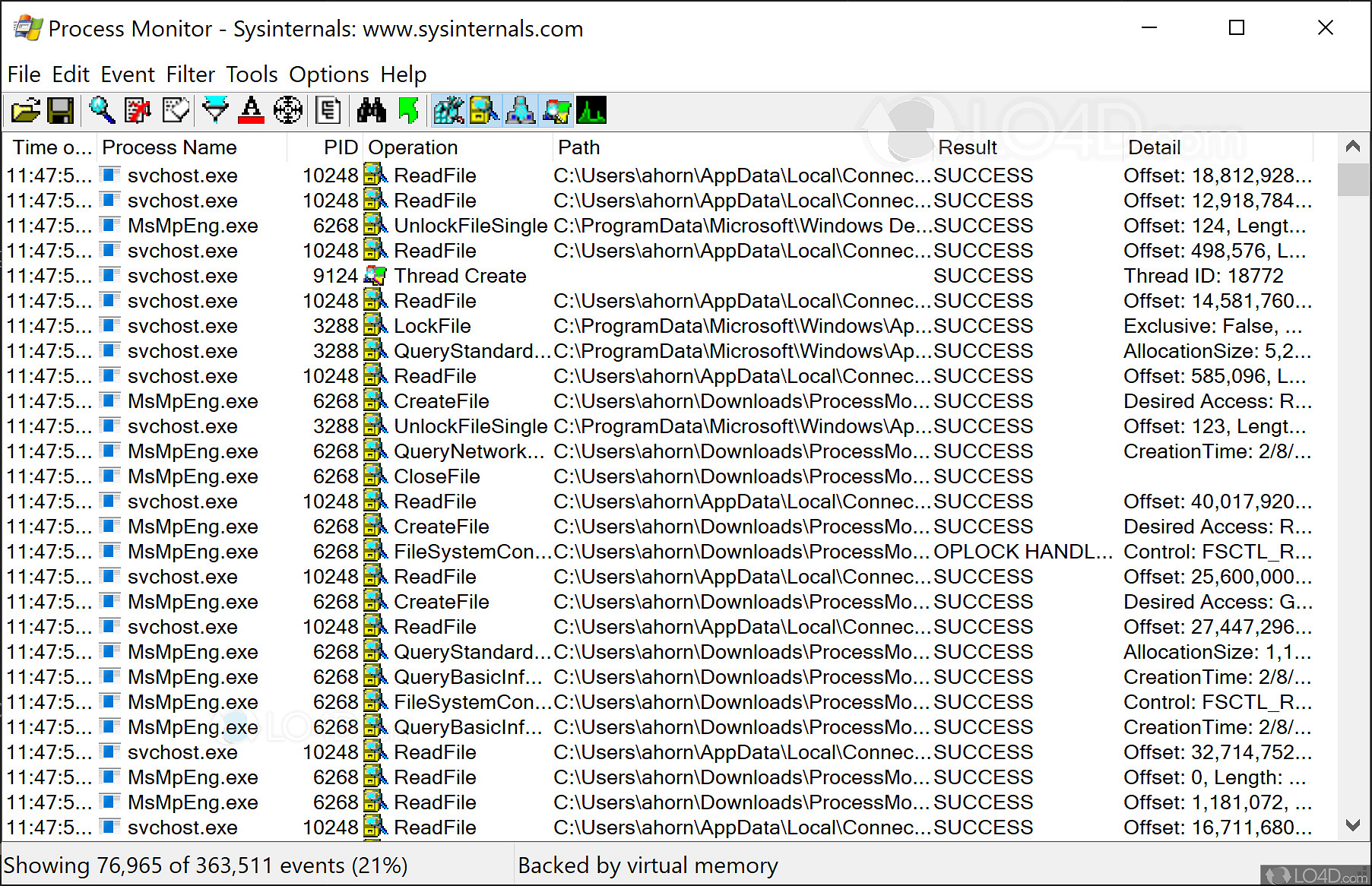

Furthermore, a skill-based approach was used to formulate tasks for process monitoring. Computer-aided feature recognition methods were used to derive features from three-dimensional models. This article deals with the computer-aided identification of assembly features, which influence process monitoring and the generation of production system-neutral tasks for process monitoring. They are able to manage the complexity arising from alternative solutions and present suitable alternatives to the user. This is where automated planning and decision support systems become important. Continuous variations in production processes and changes to products and the production system mean that the planning effort required to implement process monitoring has become vast. In addition, new regulations and standards require process data to be recorded and stored, especially in manufacturing environments for medical and safety equipment (e.g., surgical instruments, camera systems in the automotive industry). Demanding customer requirements with an increasing number of variants pose an even greater challenge to the quality of the processes, as this must be maintained at the highest level even in the event of process changes. Process understanding and process monitoring are of great importance in production in order to control processes and guarantee a high quality. Two process control paradigms are used to illustrate the applicability of such an approach, under the framework of certifiable human-in-the-loop process optimization.

This approach will be highly useful for creating digital twins for both the design and operation of manufacturing processes, while keeping humans in the loop. To this end, a framework is presented, utilizing an automation workflow knowledge database, a classification of technologies and a metamodelling language. However, technologies succeeding Computer-Integrated Manufacturing and several promising techniques, such as metamodelling languages, have not been exploited enough. The enabling technologies of Industry 4.0 have matured, while the plethora of available sensors and data processing methods can be used to address functionalities related to manufacturing processes, such as process monitoring and control, quality assessment and process modelling. The automation of workflows for the optimization of manufacturing processes through digital twins seems to be achievable nowadays. Overall, this research provides valuable insights for improving the efficiency and effectiveness of CFRP machining in aircraft manufacturing. Therefore, considering productivity criteria, it will be interesting to evaluate the use of high values for the cutting parameters. However, one of the cutting conditions analyzed completes the same number of holes within 40% less time. The results show that all tested cutting conditions achieve a similar value of tool life expressed in terms of holes drilled, with differences smaller than 7%. The study selects cutting conditions by analyzing the effect of cutting parameters on tool life in drilled holes and accumulated cutting time, with the end-of-life criterion based on the extension of the wear suffered by the main cutting edge of the first step. The research uses adapted parts of the tail-cone structure of a commercial aircraft as workpieces and employs large-diameter cutting tools to perform drilling operations, with results that can be readily applied to the industry. This study provides a comprehensive analysis of the one-shot drilling (CFRP) strategy for machining CFRP materials in the assembly of aircraft components, focusing on key factors such as tool wear, hole delamination, and the evolution of machining forces.


 0 kommentar(er)
0 kommentar(er)
